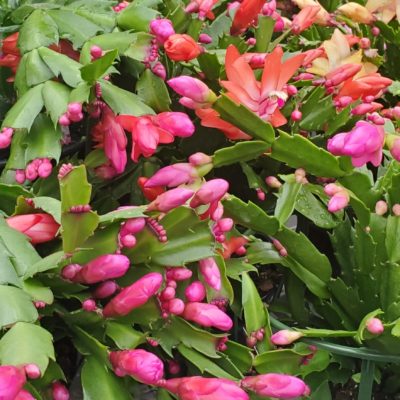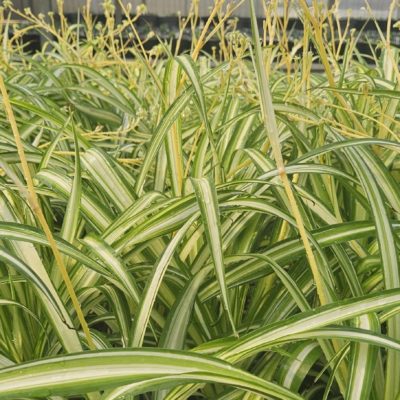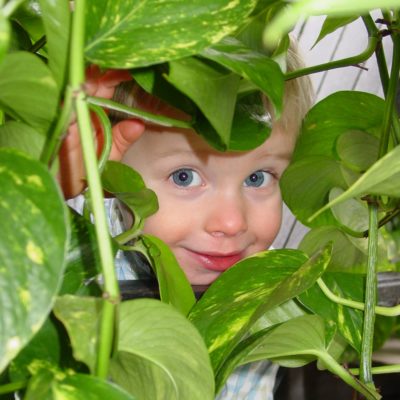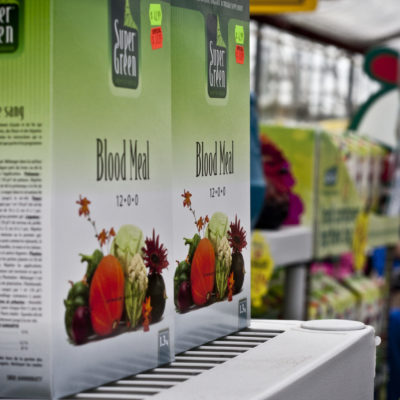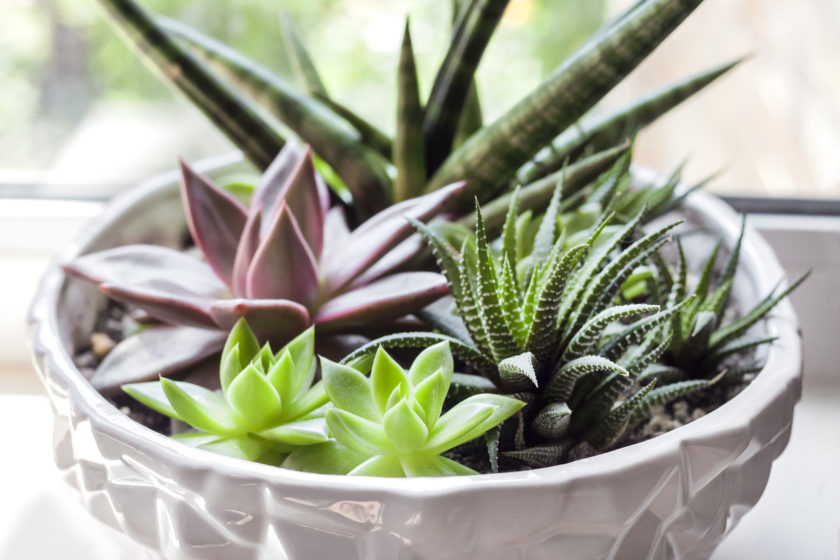
Succulents/Cacti Plant Profile: Succulents
Succulents are, in a word, amazing. They have thousands of varieties within multiple plant families, ranging from tiny Living Stones (lithops) to healing Aloe and woody Jade trees. They even range across temperature zones, and include relatives like the perennial Hen ‘n Chicks (Sempervivum) and annual Purslane (Portulaca). That means that, even in Canada, you can have a Succulent in every part of your home, inside and out! But for the sake of this blog, we’ll keep our focus on the houseplant varieties that are a staple feature in our Cactus & Succulent House.
Succulents, like their prickly cousin the Cactus, are xenophytes which means they have adapted to survive in the harshest and driest climates on the planet. Their name derives from the Latin sucus meaning “juice” or “sap” and, obviously, pertains to their juicy foliage. They use their thick foliage, as well as their stems, to store moisture in order to survive the long periods of drought that often plague their natural habitats. And since the deserts are also very high on the UV Index, they’ve even developed their own sunscreen! Many varieties have a dust-like layer of farina, or epicuticular wax, on their thick skin which helps protect the plant from sunburns. And like their Cacti cousins, Succulents further conserve water by waiting until the cool nights to exhale oxygen into the atmosphere.
Like mentioned above, Succulents arise from many different plant families and can be found just about anywhere on the globe. There are approximately 10,000 known varieties, with about 2,000 of those falling under the Cacti category, and nearly half of all Succulent varieties originate from southern Africa. They come in nearly every shape, size, and their colour spectrum is truly astounding. Think about every shade of green possible and then add to that tones of blue, purple, red, yellow, orange, even white and black! This rainbow of varieties means that not only is there a perfect Succulent plant for anyone and everyone, there are endless colour combinations for dish gardens and displays!
Tips for Succulent Success
Light: At least 4 hours of bright, direct sunlight per day; more is definitely better. Putting them outside for the summer is a great way to increase their energy intake, but introduce them to the elements slowly so they don’t get too cold, stressed or scorched.
Water: Let Succulents dry out very well before watering deeply. The soil should be very light and cracking away from the edges of the pot, and then you can water thoroughly, being sure to drain away any extra water from the saucer. It is best use pots with drainage, however if you plant in a pot without just be careful with the amount of water you use. You need to give enough water to get to the bottom of the root ball without it building up inside the pot.
During the low light seasons of fall and winter, all your plants will need longer periods of time between deep their waterings.
Fertilizer: You only need to fertilize Succulents twice a year. Use a Cactus fertilizer, or an all-purpose fertilizer at half strength, once in spring and once in summer.
Cutting: Some varieties of Succulents have tall stems that can get top heavy. Use a clean, sharp knife/scissors and cut at the desired height. The cut may bleed white latex; use caution if you’re allergic. The cut will then scab over and new branches can sprout from beneath the cut site. Warning: this can take months/years/never, depending on the plant’s mood.
More Fun Facts about Succulents!
- All Cacti are Succulents, but not all Succulents are Cacti.
- You can tell where a variety is from by the size of its foliage. The smaller the leaf, the higher the elevation (not all Succulents are desert dwellers!)
- The largest known Succulent variety is the gigantic Baobab Tree, which can grow up to 80 feet high with a trunk that can measure over 90 feet in diameter!
- Succulents are super easy to grow from cuttings (check out our previous blog on propagating Succulents!)
- Succulents can, indeed, grow vertically as a “living wall” however they need to stay horizontal for months after planting before their root system is strong enough to battle the laws of gravity.
- Some varieties offer medicinal uses: the gel inside Aloe leaves is well-known for burn relief; liquid extracted from certain Agave varieties can be used as a sweetener or fermented into alcohol (tequila).
- Succulents can symbolize many different things, including enduring and timeless love. Jade plants are seen as a sign of wealth and prosperity in Asian cultures, and are often given as gifts at the start of new business ventures.

